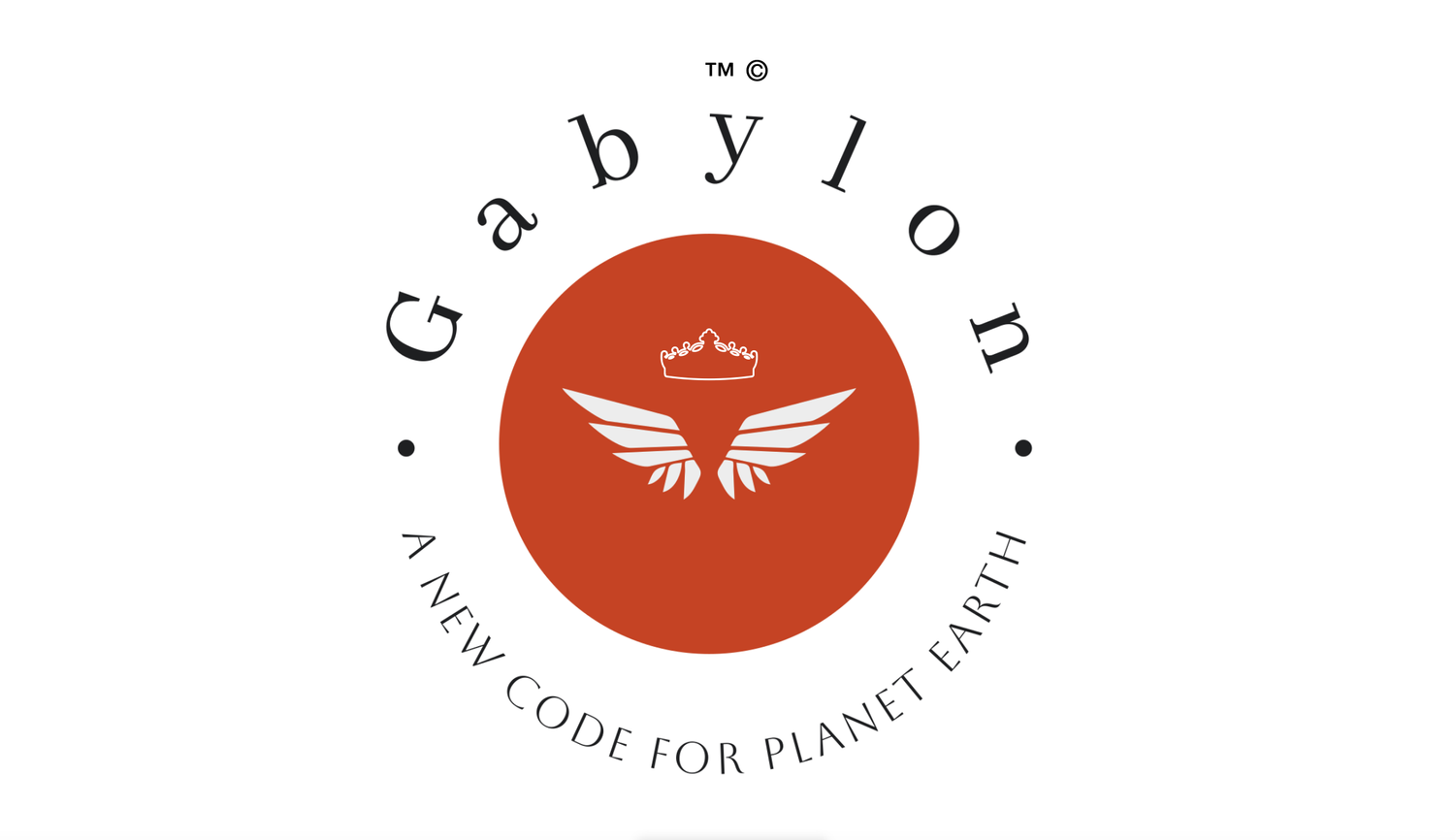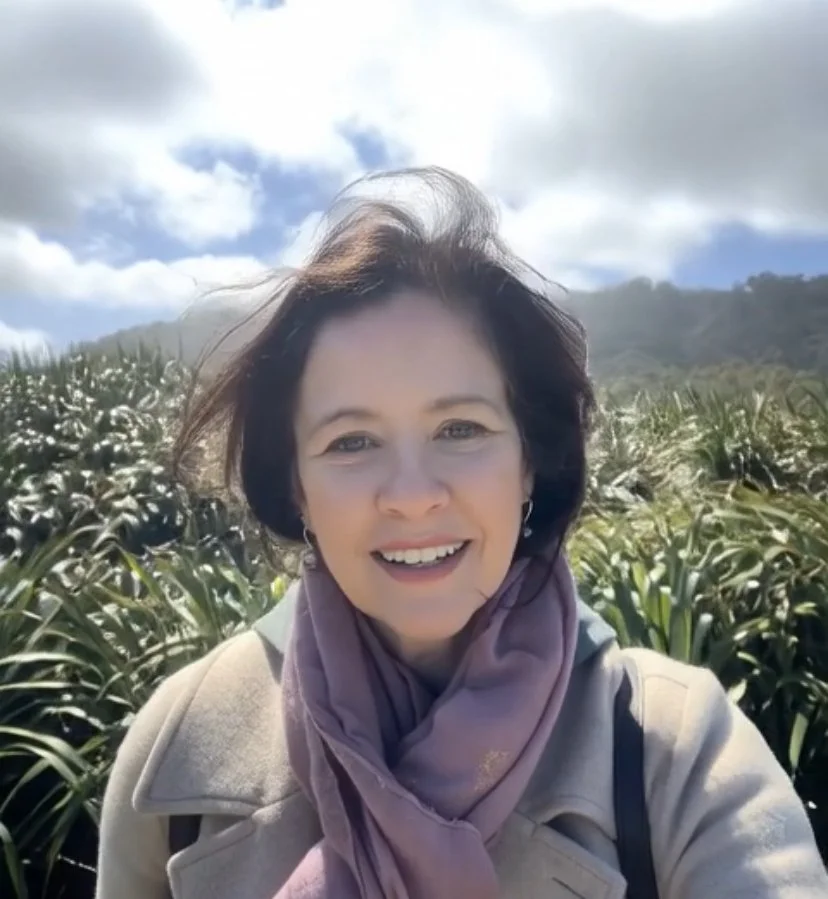About Gabriella Loncharnoch
Gabriella Loncharnoch was a child prodigy in music, art, and ballet, Gabriella later pursued corporate work but retained a deep fascination with ancient systems, divination, astrology, and science. A formative school trip to Japan at age 12 sparked her lifelong interest in belief systems like Feng Shui and astrology, shaping her unique circular approach to thought.
In her 30s, Gabriella studied science at Queensland University of Technology, excelling in earth systems, however earlier had taught herself chemistry through Murdoch University as a subject, passing with credit. She eventually shifted her focus to developing Gabylon, a project linking her scientific training with her studies of universal patterns.
Outside of her work, Gabriella enjoys painting, creative writing, dream journaling, traveling in England, and sports shooting.
Ancestry & Personal Background
Gabriella Loncharnoch grew up on Sydney’s Northern Beaches in Australia, the daughter of a migrant engineer from Europe and her mother worked for Elanora Country Golf Club on the Sydney Northern Beaches. All of her mother’s ancestors were from Britain and came to Australia during the skilled migrant surge. Gabriella trained in classical ballet and educated at a selective performing arts high school, she later worked as a personal assistant, in government data entry, and in film and television.
Her ancestry traces deeply to Britain and northern Europe, with DNA links to Devon (Cornwall), Scotland, Ireland, Viking, and other European lineages, some genetic testing dating as far back as 10,000 BC in Britain.
Business & Research Biography
Gabriella is an independent researcher exploring alternative perspectives in science, most notably her self-discovered Circular Periodic Table. This model reveals four triangular groupings—rooted in natural patterns—that classify elements (noble gases, alkaline earth metals, alkali metals, and halogens) within a circular system of 12 divisions. The colours, positions, and directions of these triangles follow a unique code she developed, which also informs concepts such as the Reactivity Group, the Solubility Group (Blue Diamond), “metallic score counts,” and alternative rules on solubility.
These principles emerge from her broader framework, Gabylon, which connects atomic behaviour, geometry, and natural energies such as “growth,” “storage,” and “change.” Her work extends to applying 2D circular patterns to 3D Earth systems, uncovering new relationships between chemistry, geology, and ancient knowledge. Gabriella has generated this research independently over many years and is now preparing to share her findings publicly.
Her academic background includes studies in chemistry, nutrition, and earth systems at Murdoch University and Queensland University of Technology. She left university to pursue Gabylon full-time, following a path of original, self-directed research.
Family History & Discrimination Laws
Gabriella’s ancestors, arrived in Australia in the 1860s. Her great-grandfather, was a Lighthouse Engineer (John William Senior) sent deliberately by the British Government, and his son (John Conroy Senior), remained in Australia after the contract ended. However, only a generation later, her grandmother was barred from retiring in Scotland under the British Immigration Act of 1948. This law discriminated against women, preventing them from returning back to Britain— effectively severing the family’s connection to Britain (just for being female). Even though eligible.
Other lines of her mother’s family also migrated from Britain in the 1860s, with records preserved in award winning, genealogical books exclusively dedicated to this side of the family, such as Echoes Down the Years and Precious Are the Memories. Despite this deep British heritage, Gabriella’s family was excluded from rights of return, reflecting systemic gender-based discrimination.
These restrictions had long-lasting effects. Her mother, though attached to Britain through holidays and work visas, was forced to return to Australia despite her ties in the 1970s.
Gabriella herself was conceived in Devon UK, under the roof of blood relatives but born abroad in Europe, due to these laws which restricted her mother with 100% British ancestry, from staying longer in the country, as she was classified as a “holiday maker”. In effect the British government, with its unfair laws, forced its own kind (Gabriella) to be born overseas!
Though of British descent, she has faced further descriminations, including higher student fees when studying in the UK, where she paid three times more compared to locals at educational institutions which stood on the land her ancestors lived and worked on, international property taxes on ancestral land, and discriminatory treatment and prejudices from immigration officials over visa status.
She believes that these systematic offences, are all gross acts of discrimination deliberately made possible by immigration laws.
Gabriella identifies as a genetic member of three Celtic ethnic minorities (Cornish, Irish and Scottish), which are protected under the European Framework Convention for the Protection of National Minorities. She argues that systemic discrimination against Celtic groups — including cultural suppression and unequal treatment— risks breaching this treaty, as well as UK equality and free speech laws.


